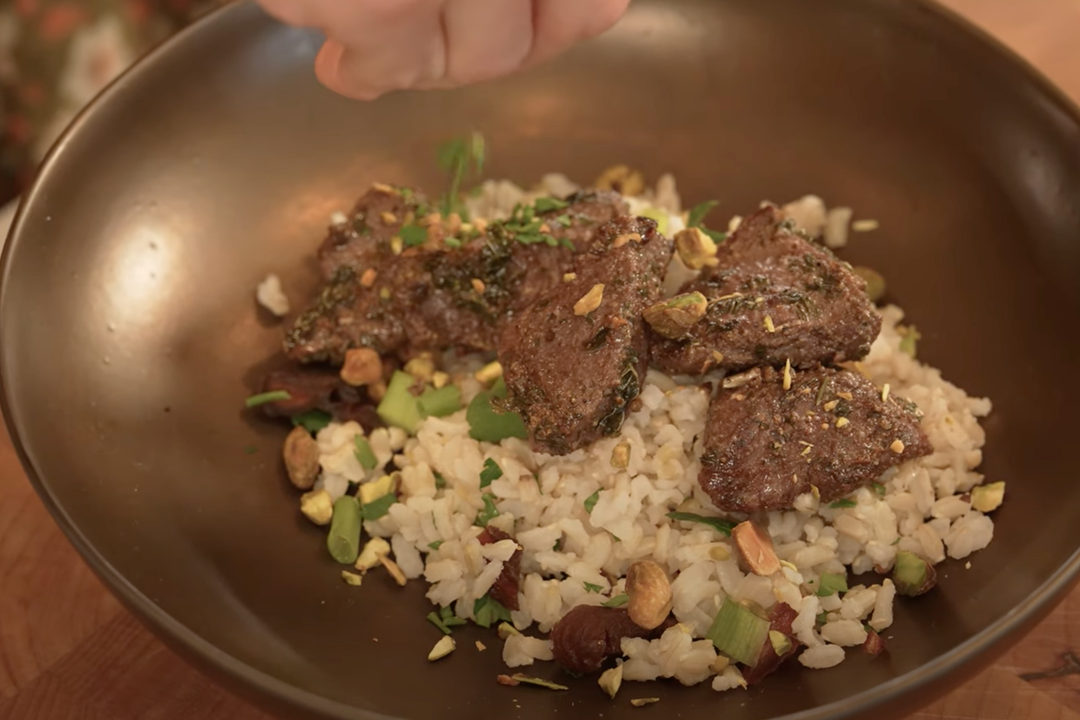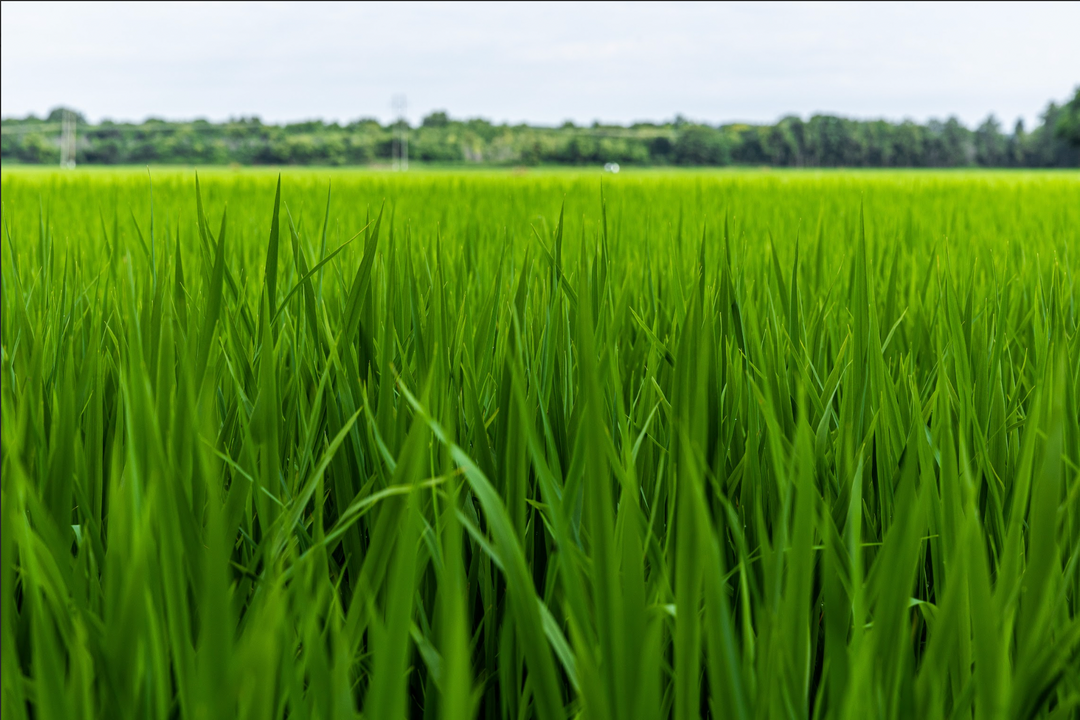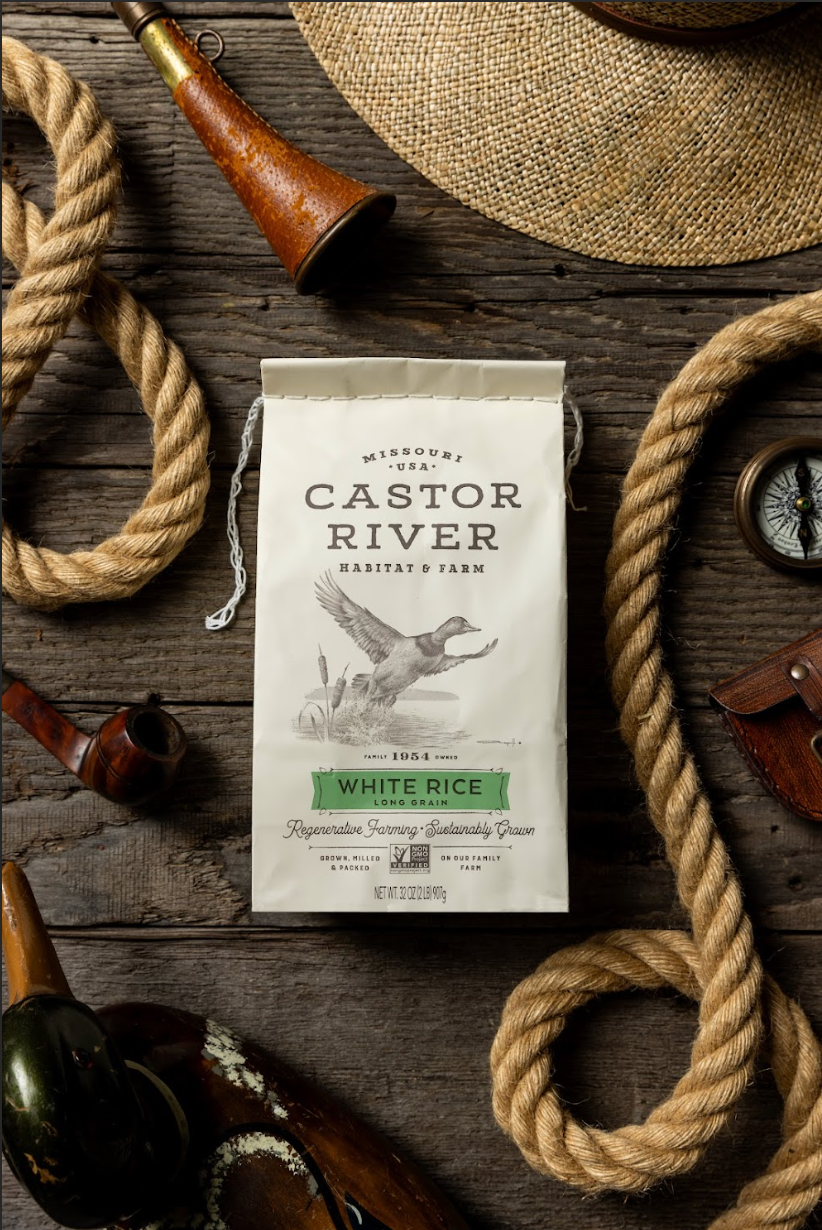The Difference Between White and Brown Rice
Rice stands as one of humanity's most fundamental and versatile food sources, feeding billions globally and serving as a dietary cornerstone across countless cultures. This remarkable grain, with its ability to thrive in diverse climates and adapt to various culinary applications, has evolved alongside human civilization for thousands of years.
Among its many variations, the choice between brown and white rice represents one of the most significant decisions in both nutrition and cooking.
At its core, rice begins as a single grain, protected by a hardy outer hull and containing layers of nutrients that have sustained populations for generations. The journey from this natural state to our dinner tables involves crucial decisions in processing that ultimately determine whether we end up with brown or white rice – each bringing its own distinct characteristics, benefits, and culinary applications.
Through the Castor River’s commitment to soil health and sustainable farming practices, we can better appreciate the nuances between these two fundamental forms of rice.
The Basics of Brown Rice
Brown rice represents the whole grain in its most natural processed state. After harvesting, only the inedible outer hull is removed, preserving the nutrient-rich bran layer and germ. These components are crucial, housing a complex matrix of nutrients including:
-
Essential B vitamins critical for energy metabolism
-
Dietary fiber supporting digestive health
-
Natural oils containing beneficial fatty acids
-
Proteins and minerals vital for overall health
-
Antioxidants that combat cellular stress
The retention of these elements gives brown rice its distinctive nutty flavor and heartier texture, while also contributing to its shorter shelf life due to the natural oils that can become rancid over time.
Understanding White Rice
White rice undergoes a more thorough processing journey. Beyond removing the hull, the bran layer and germ are also polished away, leaving only the starchy endosperm. This process:
-
Removes most of the natural nutrients
-
Creates a longer shelf-stable product
-
Results in a milder flavor profile
-
Produces a softer, more delicate texture
-
Requires less cooking time
To compensate for the nutrient loss, many producers enrich white rice with vitamins and minerals, though it still contains less fiber and fewer nutrients than its brown counterpart.
The Castor River Farms Difference
This is where the story of Castor River Farms becomes particularly relevant. Under the stewardship of Johnny Hunter II, our farm has developed award-winning methods that enhance both varieties of rice we produce. Castor River’s approach centers on several key principles:
-
We prioritize soil health through conservation practices, understanding that nutrient-rich soil produces nutrient-dense crops. This attention to soil quality particularly benefits our brown rice, maximizing its natural nutritional profile.
-
We are committed to handling every step of production internally ensuring quality control from planting to packaging. This careful oversight means white rice, though processed, maintains superior taste and texture compared to mass-produced alternatives.
-
Our focus on sustainable farming practices, including methods that lower carbon emissions, demonstrates how traditional farming wisdom can merge with modern environmental consciousness.
Nutritional Impact
The nutritional differences between brown and white rice become even more pronounced when examining specific metrics. Brown rice contains approximately six times more fiber than white rice, with 3.5 grams per cup compared to 0.6 grams. It also provides higher levels of:
-
Magnesium for muscle and nerve function
-
Phosphorus for bone health
-
Potassium for blood pressure regulation
-
Natural oils for heart health
-
Complex carbohydrates for sustained energy
Making the Choice
The decision between brown and white rice often depends on individual needs and preferences. Brown rice, with its higher nutrient content and lower glycemic index, often appeals to health-conscious consumers and those managing blood sugar levels. White rice, with its milder flavor and softer texture, remains a staple in many traditional cuisines and is often preferred in dishes where a neutral flavor profile is desired.
Consumers can feel confident that at Castor River Farms, both varieties receive the same dedicated attention to quality and sustainability.









